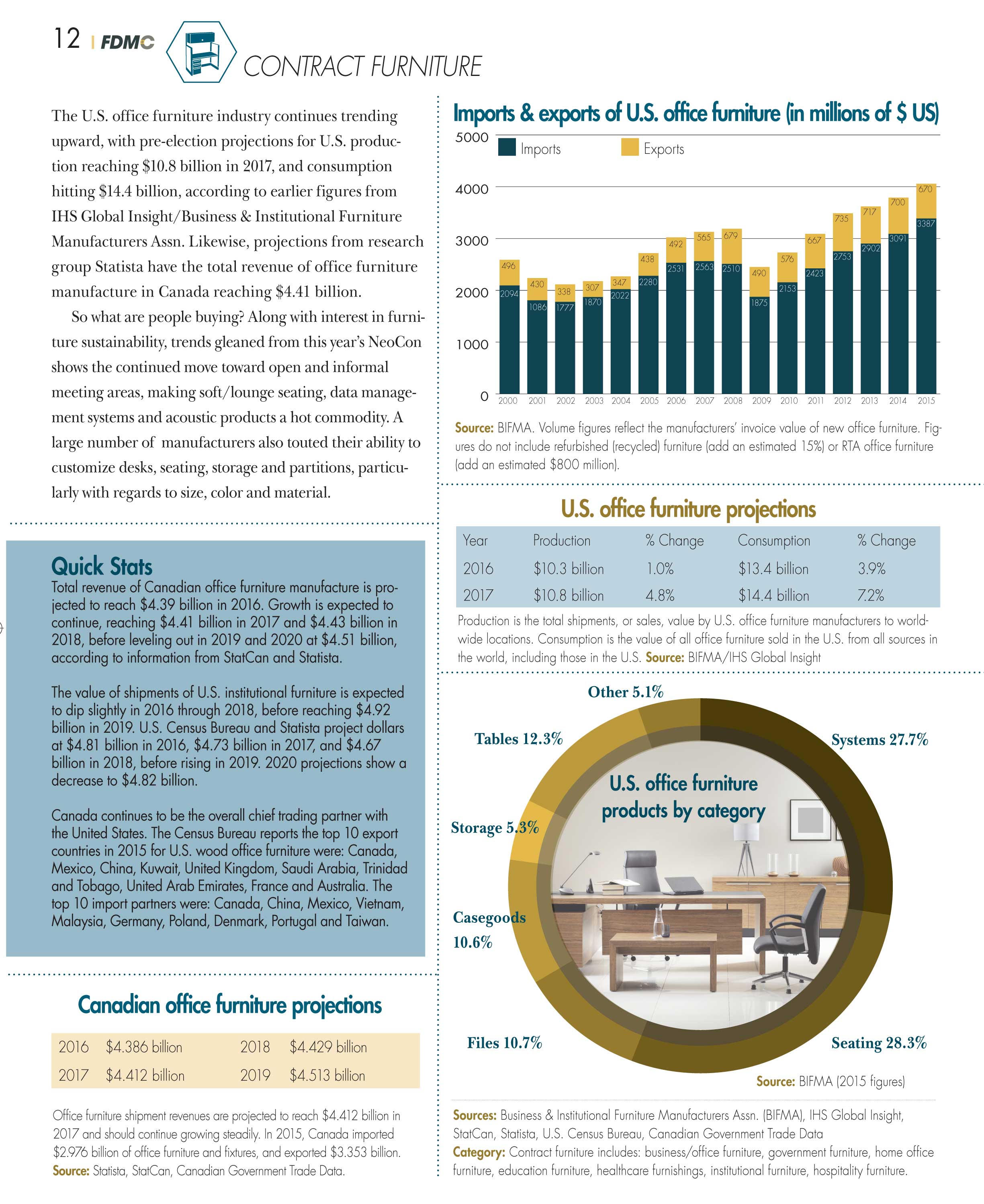Look Into The Interesting Odyssey Of Reconditioning Historical Cabinets, Unmasking Surprise Narratives And Translating The Mysteries Of Previous Generations
Look Into The Interesting Odyssey Of Reconditioning Historical Cabinets, Unmasking Surprise Narratives And Translating The Mysteries Of Previous Generations
Blog Article
Author-Snider Westermann
To begin the journey of bring back antique cabinets, you need a keen eye for detail. Envision uncovering concealed tricks within each layer of history embedded in the wood. Image the satisfaction of restoring a once-forgotten piece to its former magnificence. Every step of this meticulous procedure holds the key to protecting the past while producing a future treasure. So, are you ready to embark on this transformative undertaking and unlock the potential of your antique cupboards?
Evaluating the Cupboard's Condition
When starting the restoration process, beginning by examining the problem of the antique closet. Very carefully analyze the general framework for any kind of signs of damages such as cracks, chips, or loose joints. Inspect the wood for any rot, bending, or insect infestation that may have happened with time. It's essential to determine the extent of the remediation required before continuing even more.
Next, evaluate the cabinet's hardware such as joints, handles, and locks. Make note of any type of missing items or components that need fixing or substitute. Guarantee that all equipment is functioning properly and securely connected to the closet.
In addition, examine the cabinet's coating. Try to find shaker style cabinets , spots, or staining that may influence the visual appeal. Figure out if the coating needs to be stripped and reapplied or if an easy touch-up will certainly suffice.
Gathering the Essential Tools and Materials
After examining the condition of the antique cabinet, the following step is to collect the essential tools and products for the remediation procedure. Prior to you begin, ensure you have the following products accessible:
- timber cleaner
- sandpaper in various grits
- wood filler
- paint or timber tarnish
- brushes
- gloves
- safety goggles
- a dirt mask
- a drop cloth
- a putty blade
- a hammer
- a screwdriver
- a vacuum
These devices and materials are crucial for an effective repair.
Timber cleaner is important for eliminating years of dirt and crud accumulation, preparing the surface for sanding. cabinet design of various grits assists in smoothing out imperfections and preparing the wood for a new surface. Wood filler is handy for fixing any fractures, openings, or dents present in the cupboard.
Paint or wood discolor, in addition to brushes, permit you to tailor the cupboard to your preference. Keep in mind to put on handwear covers, safety and security goggles, and a dust mask for security. Set a drop cloth to shield your workplace, and make use of a vacuum to tidy up any particles.
With these devices and materials gathered, you prepare to start the restoration process.
Performing the Restoration Process
To effectively implement the repair process on your antique cupboard, start by completely cleaning the surface with the wood cleaner. This step is vital as it helps remove years of dirt, gunk, and old polish that may have built up externally.
As soon as the closet is tidy and dry, examine the problem of the timber. Try to find any fractures, scrapes, or various other damages that need to be addressed. Usage wood filler to fix any kind of flaws, making sure to match the filler color to the timber tone for a smooth coating.
After the repairs have dried out, gently sand the entire surface to produce a smooth and even base for the new coating. Beware not to sand as well strongly, as you don't want to damage the wood below.
As soon as the sanding is total, apply a timber stain or end up of your choice, adhering to the maker's instructions. Enable the surface to dry entirely before using a protective top coat to guarantee the long life of your restored antique cabinet.
Verdict
Since you have completed the remediation process, your antique closet looks just as good as new.
By adhering to the detailed overview, you were able to assess, repair, and enhance its condition with ease.
With a fresh coating and safety leading layer, your treasured item will certainly remain to beam for years to come.
Enjoy the appeal of your brought back antique cabinet!
